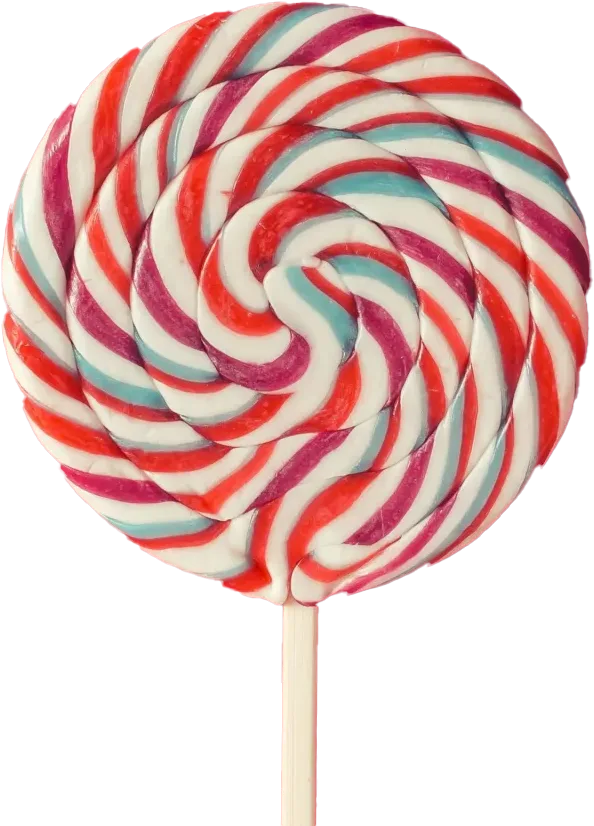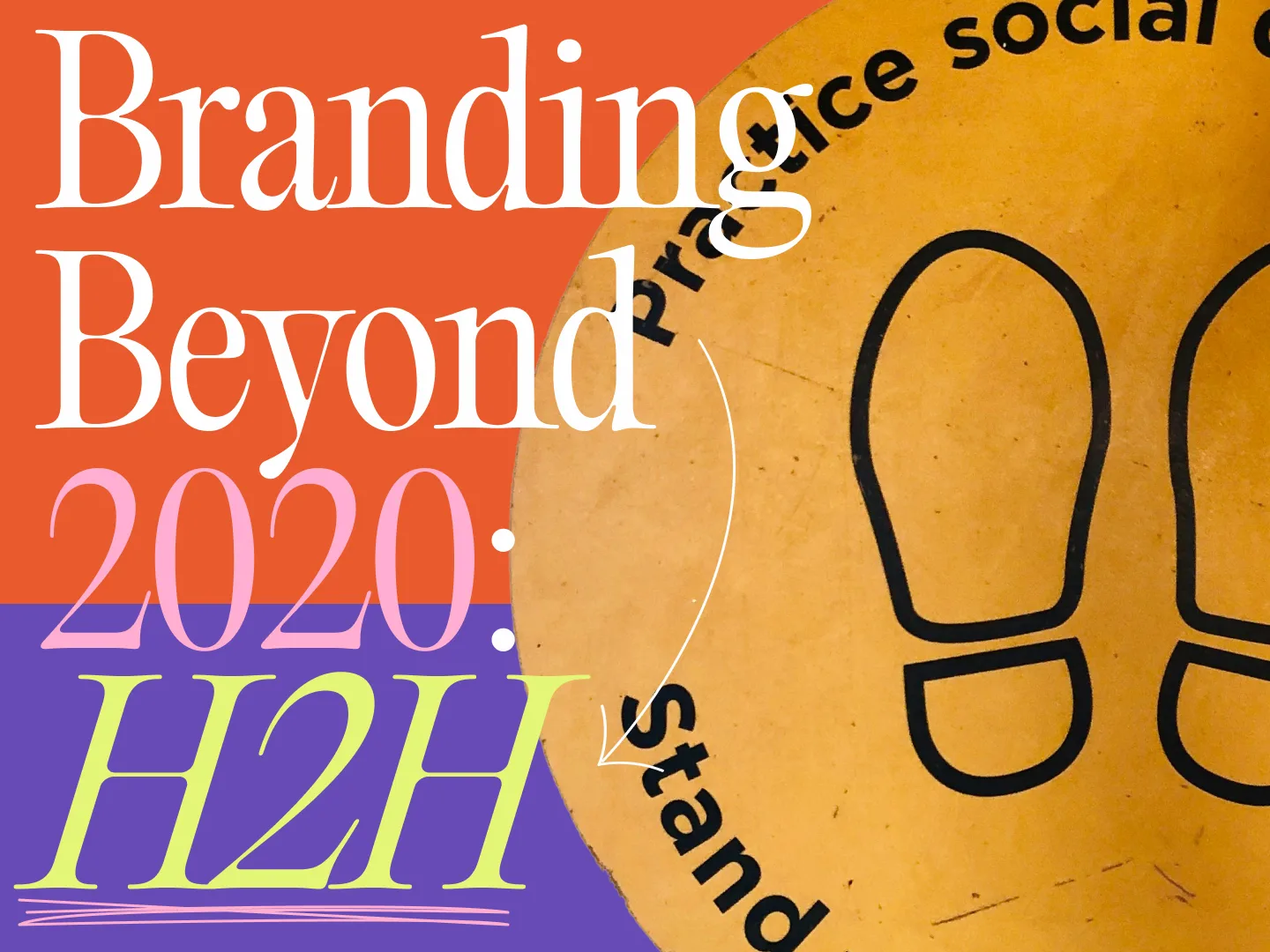
In today’s digital age,
consumers can pretty much buy anything, at anytime, from anywhere. So what makes someone choose one brand over another? Furthemore, what keeps them coming back? We believe the answer to these questions lies in the amount of humanity in brands. Let’s take Southwest Airlines (a personal favorite of mine) and the amazing brand they have built over the years.
Everything from the colors they use, to their fun ads showcasing their employees, to their philosophy of not nickel-and-diming passengers has built one of the best examples of a human brand.
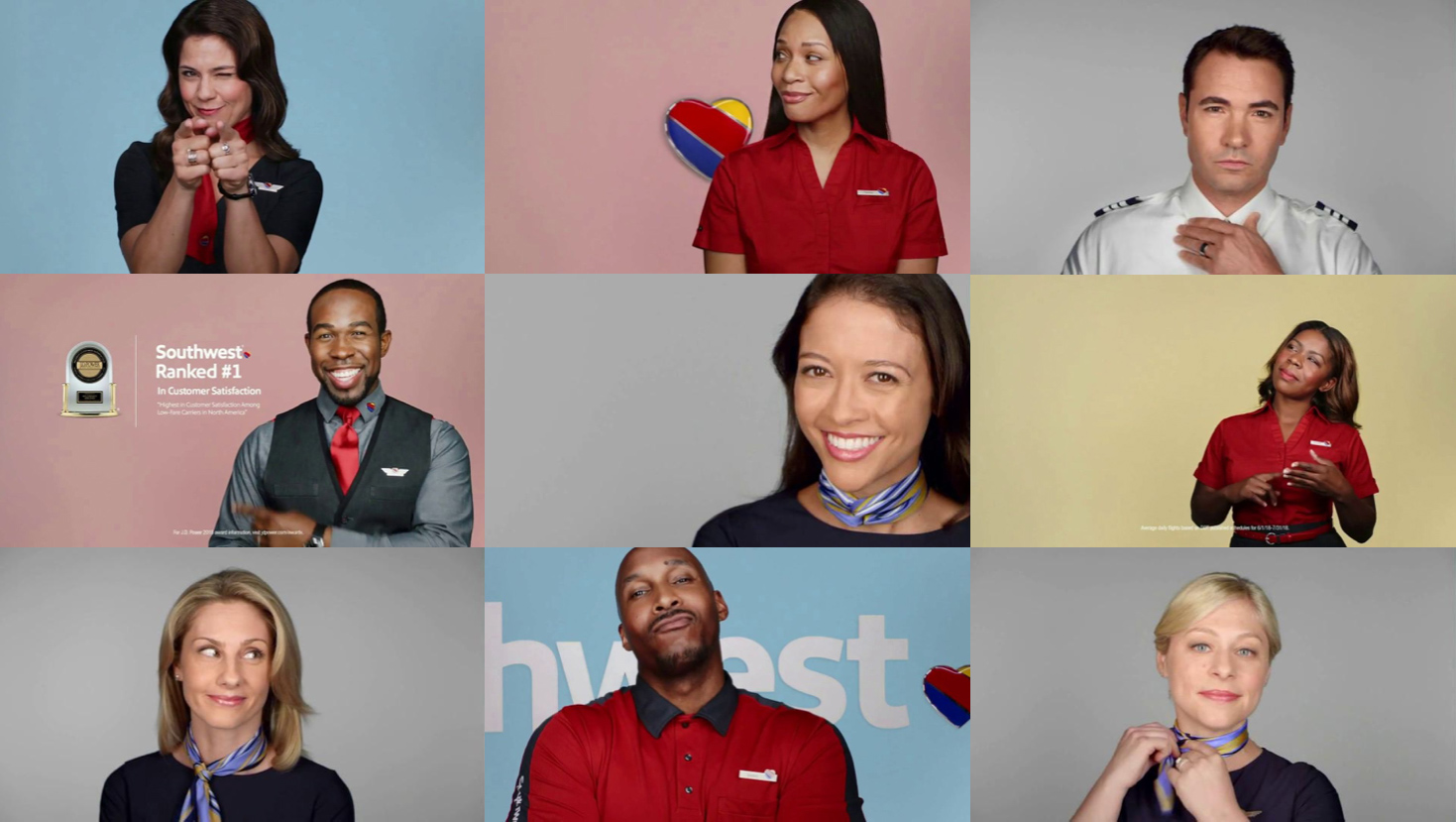
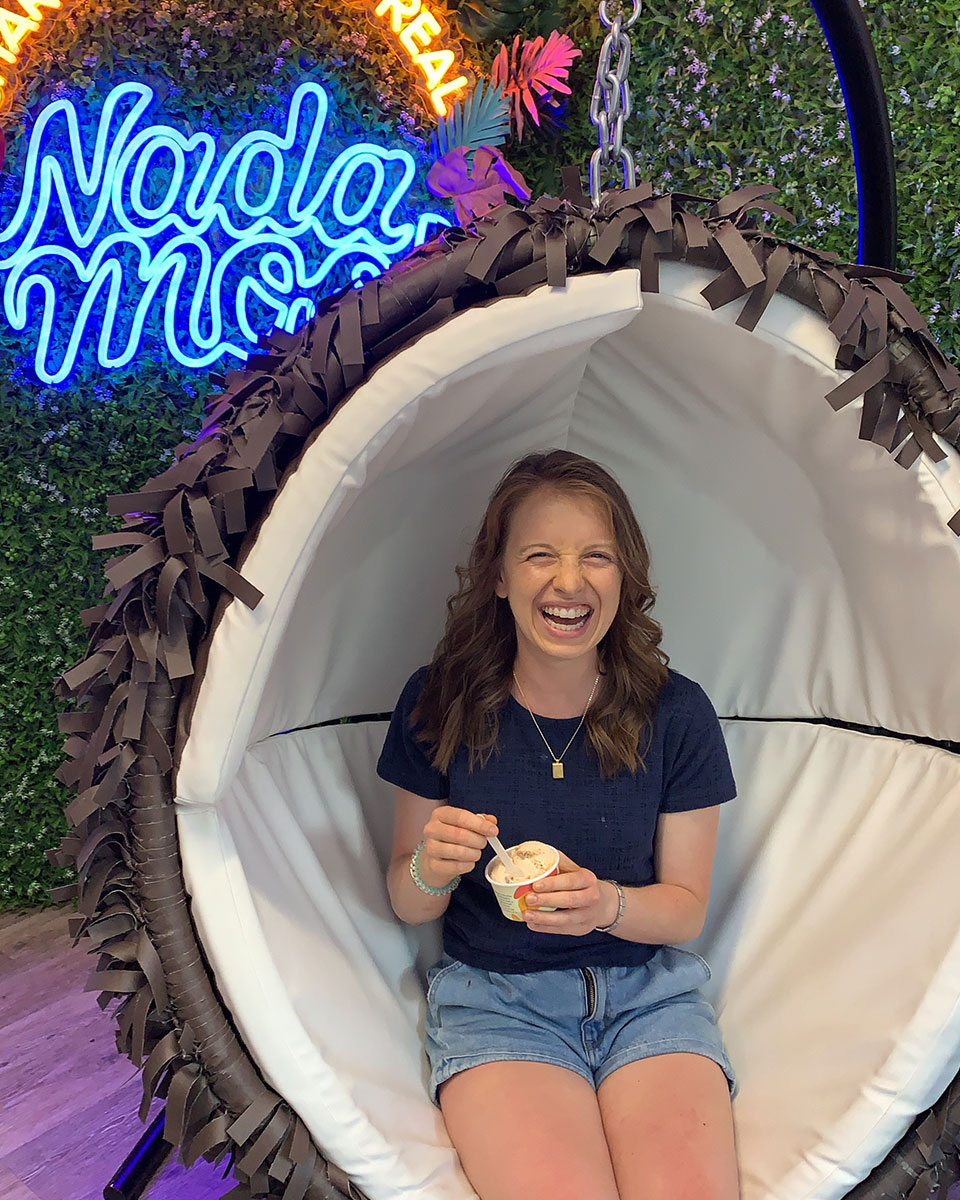
WHY ARE HUMAN BRANDS MORE SUCCESSFUL?
The answer seems very simple when you think about it, but human brands (brands built upon a human persona) are able to better connect with people. They take thousands of years of human interaction and distill it down into a relatable and familiar personality that people are able to identify with and build a relationship with. People know what drives the brand, the values of the brand, the goal of the brand, and ultimately how they as consumers should engage with the brand. Human brands make it easy for people to open their hearts—and ultimately, their wallets.
HOW DO YOU CREATE A HUMAN BRAND?
Over the past five years we have branded more companies than we can count. The method we utilize gives birth to very strong brand personalities that can continue to grow as the company and culture evolves. Our method has three steps:
- Understand your brand personality.
- Understand the brand personality of your competitors.
- Build your brand around that personality.
We’ll briefly take you through each of these parts and explain how our team successfully creates some of the best human brands possible.
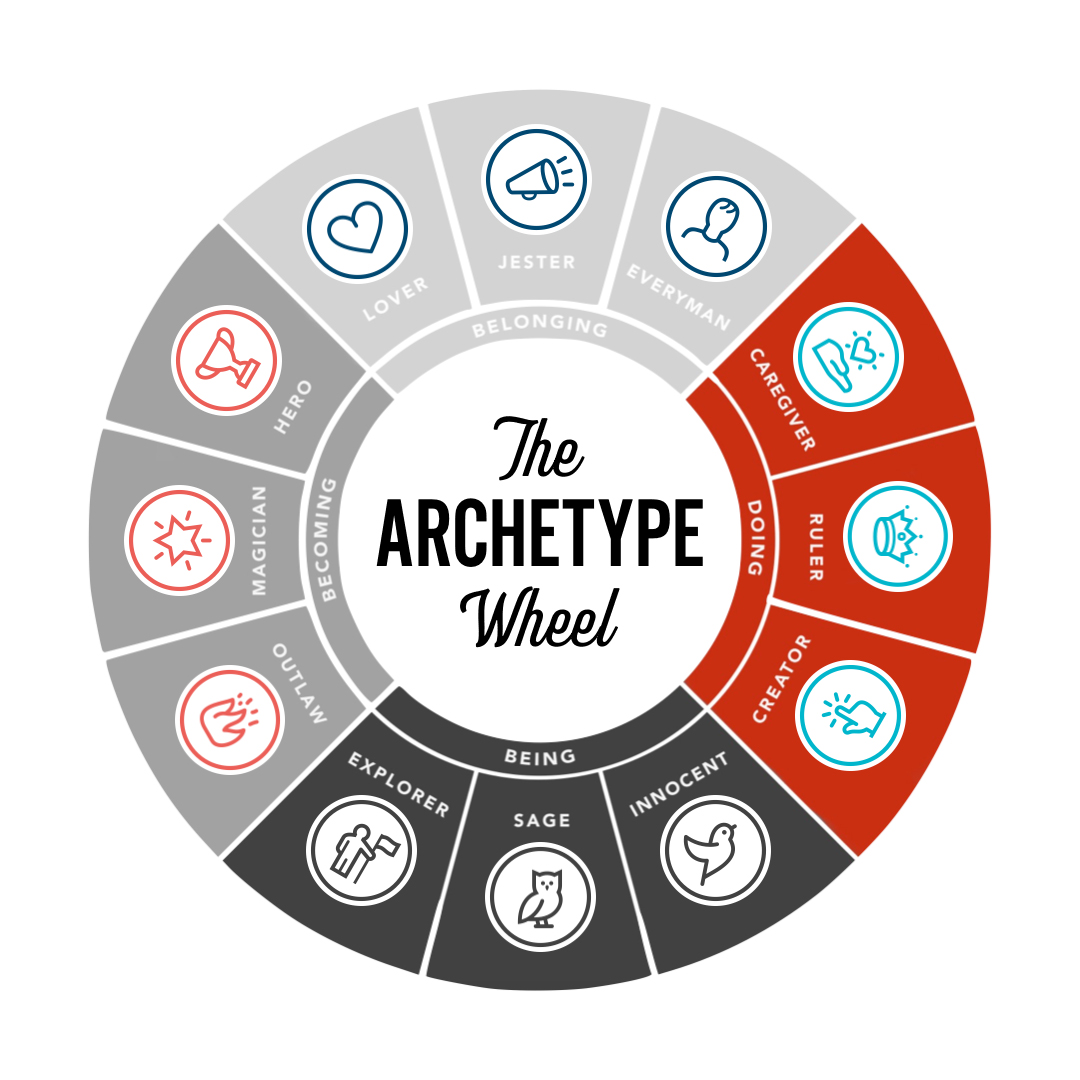
Understand your brand personality. If we don’t know who we are, how can we expect others to get to know us? We use archetypes to help us understand our brand personality. Archetypes are personas developed in the early 1900s by Carl Jung, a Swiss psychiatrist and psychoanalyst who founded analytical psychology. Archetypes have super cool names like the Hero, the Outlaw, and the Sage. In order to identify our brand personality we first conduct an archetyping workshop with all key stakeholders of an organization. These workshops usually last from two to six hours depending on the number of stakeholders participating. Not only does this give us insight into the values and true mission of our clients, but many times our clients have never gathered in a room together to discuss these topics. So in a way, this workshop acts as a therapy session/team building workshop. At the conclusion of this workshop, we can usually narrow down our client to two or three archetypes.
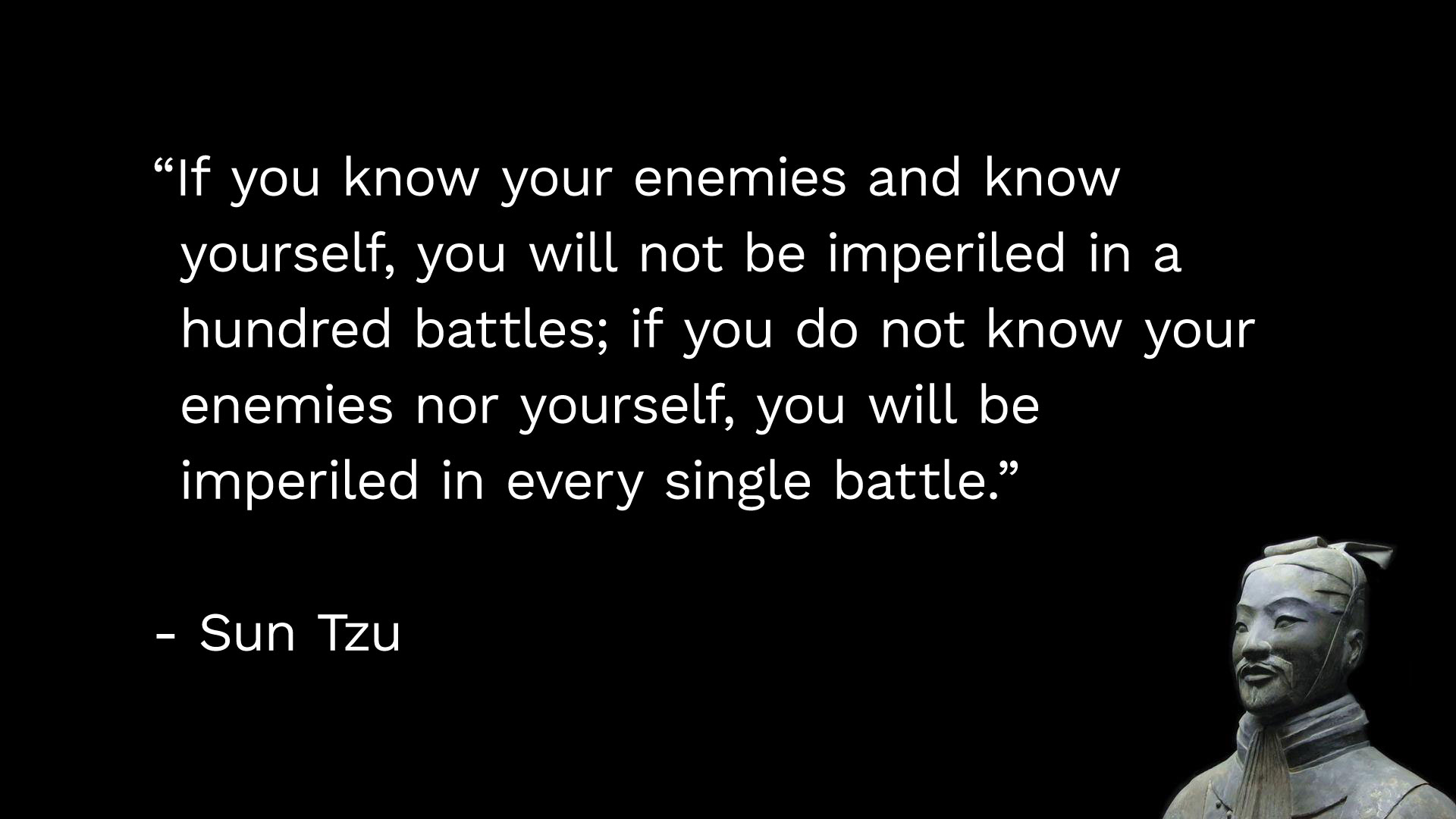
Understand the brand personality of your competitors. Since we are rarely the only option for our consumers, we also have to look at our competitors. What are their brand personalities? What space are they occupying in our consumers’ minds? Humans like variety. Think about the show “Friends.” Now think about which of the characters you best identify with. Was it Joey? No? Well, that’s the character I identify with so it’s a good thing the writers decided to give them all different personalities. The same theory goes for brands. You and your competitors may offer similar products, but it’s your personality that people will connect with. That’s why we go through a thorough analysis of your top competitors to help identify the archetype they most authentically align with. At this point we can ensure the archetype we assign to a brand both encapsulates the essence of the brand, as well as occupies a unique space not currently occupied by your competitors.
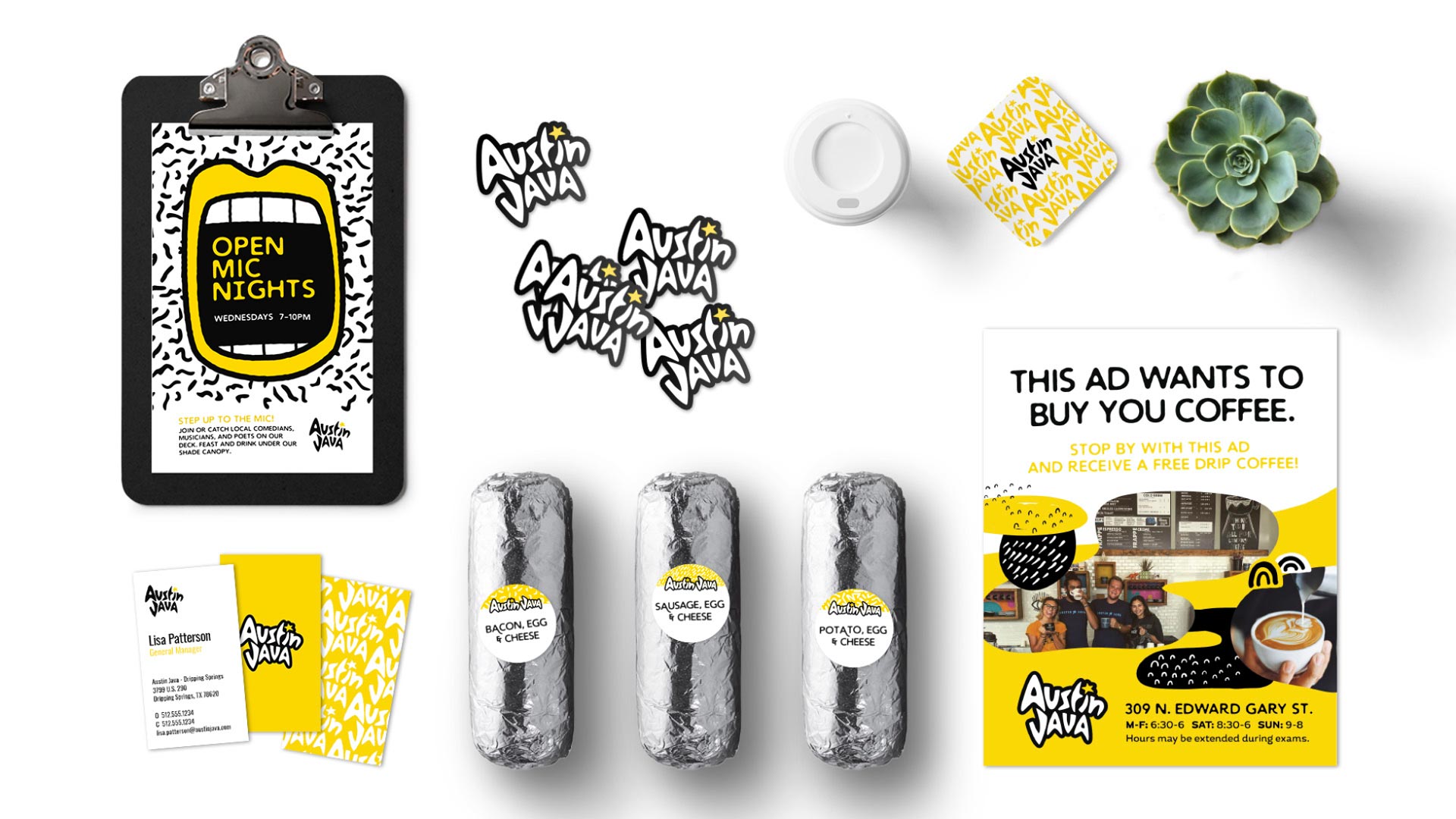
Build your brand around that personality. This is the last step in creating a truly powerful human brand. Once we know our archetype we can begin building an identity that communicates the mission, values, and motivations of that archetype both visually and verbally. The colors, the fonts, the textures, the photography style, and the words we use should all strengthen and convey your brand personality. Both consciously and subconsciously, it should provide our consumers with a clear understanding of who we are as a brand. This is what truly great branding experts are capable of doing. They don’t just create cool logos and identity systems, they build a communication bridge between your brand and your consumers across which human connections can be made.
Using our methodology to branding not only lays the foundation for a strong brand but arms companies with a cohesive identity from which all business decisions and processes can rely upon. A Hero can’t just wear a cape. She has to embody the morals and values of a hero. Putting some thick books on a shelf doesn’t make you a Sage. The Sage must be constantly learning and sharing that knowledge with others. No matter what your business goals might be—retention, market share, or some other objective—make sure your brand is human. Because it’s human brands that will continue to thrive and connect with people in 2020 and beyond.
